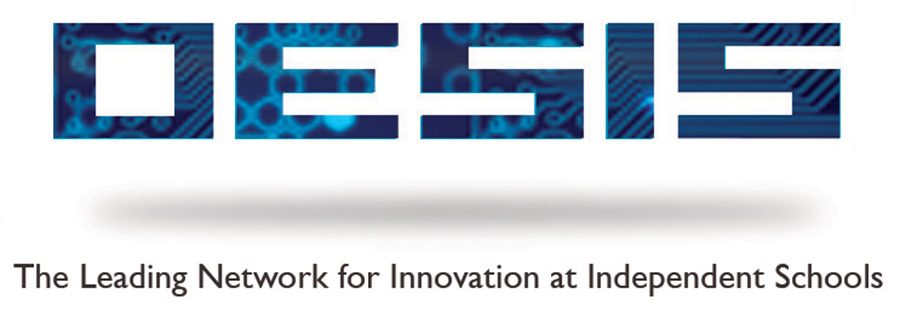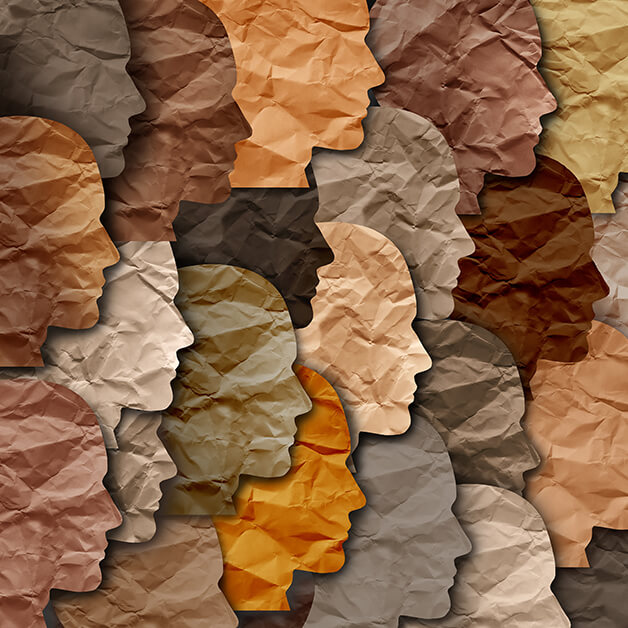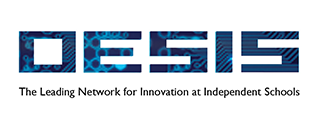
Introduction ~14 minutes
Why does Cultural Competency matter?
How do I thoughtfully understand and navigate the complexities of multiple cultures in my curricula and school communities?
In this course, we will examine the idea of culture and begin to individually examine our culture and our experience. As Michael Eatman and Josh Freedman write in their Intrepid Ed News article, What is the Real Plan for DEI? Part IV:
Systems of oppression such as sexism, ageism, and racism to name a few, shut us off from one another by dehumanizing some group. They also divide us from self because when we’re fully connected with our own humanity, we reject these systems. So, whether we’ve been the target of oppression, perpetuated it, or simply lived in an oppressive system, it’s affecting us. Just think how incredibly challenging it is to have an open, honest conversation about racism… without it escalating. The programmatic aspect of DEI work (Quadrant 4) is often uncomfortable and difficult. To prepare, there is a great deal of “heart, head & hands” work to do.
If we strive to serve all of our students to the best of our abilities, we must create places where we listen and foster communities of belonging that support and include everyone. Our curriculum should be accessible and engaging, and all students should be held to high standards.
Why should we provide culturally relevant and accessible content and instruction in our schools? For generations, education in this country has been delivered in such a way that the stories and experiences of certain populations have been used as a lens through which to approach nearly everything. Too often, this creates classrooms that do not feel safe or welcoming to all students, this lack of sense of belonging leading to a reluctance to take risks in the process of learning and growth. Teachers need to recognize that in order to assist all students in reaching their Zone of Proximal Development (or Hot Cognition) for optimal learning, we need to create safe communities and build trust. In order to support all students in their learning journey, it is vitally important to create communities and learning experiences that acknowledge and validate all students while also setting expectations for independent learning.
Gloria Ladson-Billings on Cultural Competency in the Classroom | Gloria Ladson-Billings (3.10 minutes)
The work of this course is to heighten our awareness of our own “culture” and our past and the experiences that have shaped us and our lives. In the interest of providing depth and context, we have primarily used resources that are focused on the experiences of racial equity in our classrooms and society. However, many of the underlying issues and lessons to be learned are transferable to other disadvantaged groups such as those struggling with gender identification, linguistically diverse learners, those of differing abilities, religious, and ethnic diversity.


